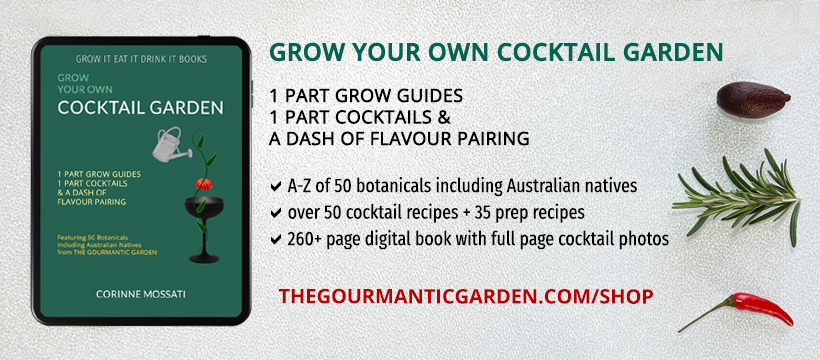Essential Guide to French Aperitifs, Mistelles, Liqueurs & Eaux de Vie (A-L)

French Aperitifs, Mistelles & Eaux de Vie – Photo © Cocktails & Bars
- Absinthe – an anise flavoured high proof spirit and aperitif made with artemisia absinthium commonly known as wormwood.
- Amer Picon – a bittersweet French aperitif with flavours of oranges, gentian and chinchona, a rare find.
- Armagnac – an aged grape brandy that is distilled once, produced in the Gascony region of south-west France, pre-dating Cognac and often described as having a rustic style.
- Avèze – a gentiane flavoured liqueur from the Cantal region with a bittersweet herbal profile with hints of anise, orange peel and mint.
- Benedictine – a herbal liqueur created by wine merchant Alexandre Le Gran in the 19th century using a Cognac base with 27 herbs, roots and spices.
- Bonal – a cross between a sweet vermouth and an amaro, made by an infusion of gentian, cinchona (quinine) and herbs of the Grande Chartreuse mountains in a mistelle base.
- Byrrh – an aromatised wine-based apéritif made of red wine, mistelle, and quinine from Languedoc Roussillon.
- Calvados – an apple brandy from the Normandy region usually enjoyed neat and in cocktails, also served in between courses as a trou normand to aid digestion.
- Chamberyzette – an aperitif made with Dolin vermouth and flavoured with wild-strawberry juice.
- Chambord – a liqueur produced in the Loire Valley made from red and black raspberries, honey, vanilla and cognac.
- Chartreuse – a herbal liqueur with 130 different herbs, spices, roots and barks made by the Carthusian Monks according to a manuscript given to them by François Annibal d’Estrées in 1605, available in Green Chartreuse and the sweeter Yellow Chartreuse.
- Cognac – an aged grape brandy, distilled twice and produced in and around the town of Cognac, in the Departments of Charente and Charente-Maritime.
- Cointreau – a bitter orange-flavoured liqueur made from a neutral spirit base produced in Saint-Barthélemy-d’Anjou with a similar flavour to triple sec.
- Crème de Cassis – a type of crème de fruits, a sweet liqueur made from blackcurrants and the main ingredient in a Kir or Kir Royale (see below).
- Domaine de Canton – a ginger liqueur with eau de vie and Cognac base flavoured with fresh Vietnamese ginger.
- Dubonnet – a mix of fortified wine, a proprietary blend of herbs, spices and peels and quinine, available as Dubonnet Rouge and Dubonnet Blanc.
- Eau de Vie de Framboise – a clear and colourless fruit brandy made from raspberries. Other varieties include Eau de Vie Mirabelle (yellow plum), Poire (pears), Kirsch (cherries), Reine-Claude (greengage plums), Fraise des Bois (wild strawberries), Groseilles (currants).
- Floc de Gascogne – a mistelle obtained by adding Armagnac to fresh grape juice, a speciality of the Armagnac region, available in white and red.
- Génépi or Genepy – a traditional herbal liqueur and aperitif made from Artemisia plants (of the wormwood family), related to Chartreuse and absinthe.
- Grand Marnier – a bitter orange liqueur made with a base of Cognac, distilled essence of bitter orange and sugar.
- Kir – a popular aperitif made with white wine and crème de cassis (see above).
- Kir Bourgogne – similar to a Kir, this Burgundy version is made with Crème de Cassis and red wine from Burgundy.
- Kir Normand – an aperitif from Normandy made with Crème de Cassis and cider.
- Kir Royale – another popular apéritif from the Kir family made with crème de cassis and champagne, sometimes with Crémant de Bourgogne.
- Lillet – a wine-based aperitif (and popular cocktail modifier) from Podensac near Bordeaux, made from a a blend of wine, liqueurs, fruits and herbs, available a Lillet Blanc, Lillet Rouge and Lillet Rosé. More about Lillet cocktails here.
Click to the next page for the Essential Guide to French Aperitifs, Mistelles, Liqueurs & Eaux de Vie (M-Z)

